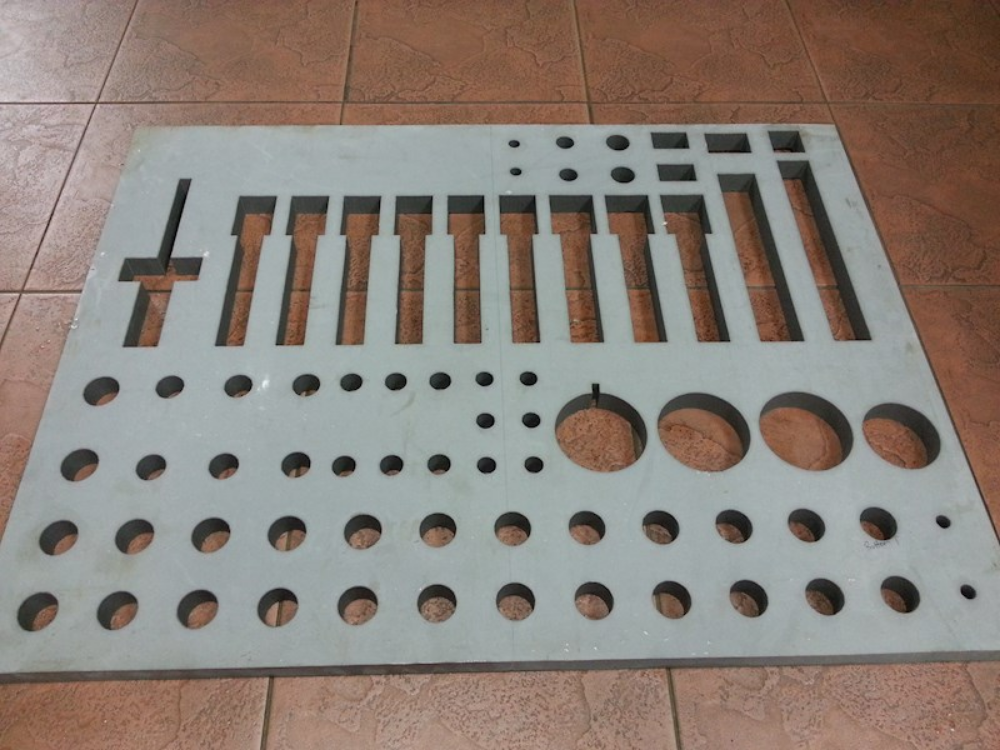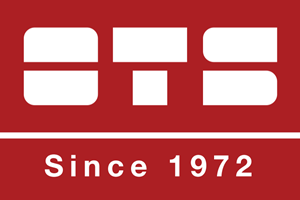Water Jet Cutting Process and How Does It Work in Malaysia

The water jet cutting process uses high pressure jets of water provided by pressurizing pumps that offer a supersonic stream of water in order to cut various types of materials.
Water Jet Cutting Process and How Does It Work in Malaysia
The water jet cutting process uses high pressure jets of water provided by pressurising pumps that offer a supersonic stream of water in order to cut various types of materials. It is often carried out for manufacturing purposes. The water used in the water jet cutting process is pressurised to 392 MPa and is projected using a small precision nozzle. When the water leaves the nozzle, it reaches three times the speed of sound.
Pure water jet cutting process uses water as its very medium is designed specifically for soft materials including wood, plastics, and rubber. When an abrasive is added to the water stream, such as titanium, stainless steel, aluminium, glass, ceramic material, and concrete, the cutting becomes increasingly aggressive and capable of cutting hard metals.
The Water Jet Cutting Process
This specialised process can be performed in various ways. Most of the methods involve an abrasive which is blended into the water to blast particles from the workpiece. It is deemed a highly versatile manufacturing process that is ideal for cutting, shaping, and designing a workpiece to fulfil precise requirements.
The shaping method used in the water jet cutting process possesses many advantages compared to plasma and laser cutting. It is bound to have higher accuracy, able to cut complex designs, and cut surfaces that are thermally sensitive.
Step 1 : Measuring Kerf Width
Kerf width refers to when the material is being removed as a part of a cutting process. This term was originally used to describe the action of removing the material through the cutting of a saw blade. In our case, it refers to the width of the stream, which is typically about 0.04 inch or smaller. The inner corners cut by water jet cutting have a radius that intertwines with the width of the stream. The kerf relies on a vast number of factors, which include the thickness and type of material, quality of cutting, and the nature of the waterjet nozzle.
The size of the kerf is a significant design factor that merits consideration when determining the dimensions of the final product. Assuming that the kerf is 0.042 inches, the final product’s dimensions have to be in accordance with it, otherwise it will be off by 0.042 inches.
Step 2 : Initial Water Jet Piercing
The first cut which is made by a water jet cutter is termed the pierce, which is comparatively wider than the normal kerf. The piercing has to be the first step in the water jet cutting process. It can be done in many different ways; stationary, linear, circular, and low pressure are amongst the common methods. The methods used must be depending on the material to be cut and the amount of scrap produced.
Step 3 : Tapering in Kerf Width
This step refers to the kerf width at the top of the cut along with its width at the bottom. Water jet cuts generally have a V-shaped taper, which is generated for the stream to lose some of its energy as it makes its way deeper into the material. Here, more material is being removed at the top than the bottom.
Slow cutting speeds form a reverse taper where the kerf width is wider at the bottom. This is because more material is removed from the bottom of the cut. The reverse taper can be witnessed when cutting soft, pliable materials.
Barrel tapers are created when the middle of the cut is the widest, which takes place when cutting extremely thick materials.
In most cutting processes, tapering is not a big concern and is beneficial for certain jobs. However, in the case of precision tooling where cut pieces must accurately fit together, taper can be an obstruction hence consideration is needed.
Step 4 : Pressurising the Water
Many different methods can be used to pressurise the water, for instance, linear intensifiers and rotary direct drive pumps. The two types of pumps encompass a motor, water filters, control systems, and sensors.
Linear intensifier pumps use pressurised hydraulic oil with a 3000 psi pressure. Low pressure oil is apt to push against a piston with a face area 20 times bigger than that on the high pressure plunger used to push against the water. In result, the pressure released on the larger plunger is intensified 20 times, yielding a pressure of 60,000 psi.
A direct drive rotary pump does not include hydraulic oil. It has an electric motor function to rotate a crank that drives pistons. It helps generate the water pressure. Direct drive pumps have 30 hp motors with an inlet that supplies water to the pump.
Step 5 : High Pressure Tubing
The pressurised water produced by the pump travels to the cutting head through the high pressure tubing. This tubing features an excellent yield and tensile strength with an exceptionally smooth interior surface.
Step 6 : Water Jet Cutting Head
The pressurised water will proceed to pass through the cutting head’s orifice, which is usually a diamond, ruby, or sapphire with a hole smaller than the point of a pin. When the water passes through, its velocity skyrockets to over 90,000 psi or 2500 mph. The cutting process is directly impacted by the power provided by the cutting head. When used properly, a precision tooling cutting head can last up to 1000 hours.
Step 7 : Pure Water Jet Cutters
As the original form of a water jet cutting tool, pure water jet cutters are used mainly due to its ability to form less moisture on the workpiece surface. They feature a thin stream that produces excellent cuts in detailed geometries with very few material loss. The construction of a pure water jet cutter comes with a jewel without the rubies for they are unsuitable for work with pure water. The stream travels at Mach 2 for 40,000 psi and Mach 3 for 60,000 psi.
Step 8 : Abrasive Water Jet Cutting System
In this system, an abrasive material is fed into the cutting head, where it is mixed with the water stream in such a way that is appropriate. The existence of an abrasive makes the stream sharper and produces more effective cutting. The fact that an abrasive is added, increases the water jet cutter’s capability of cutting almost anything regardless of its hardness or thickness.
Thanks to an abrasive water jet cutter, the stream moves the abrasive material at high speeds that erode away the surface of the cut material. This cutter in general, is 1000 times more powerful than a pure water jet cutter. The stream is larger in diameter and its capability of cutting materials that are ten inches thick are higher without producing unnecessary heat or mechanical stress.
